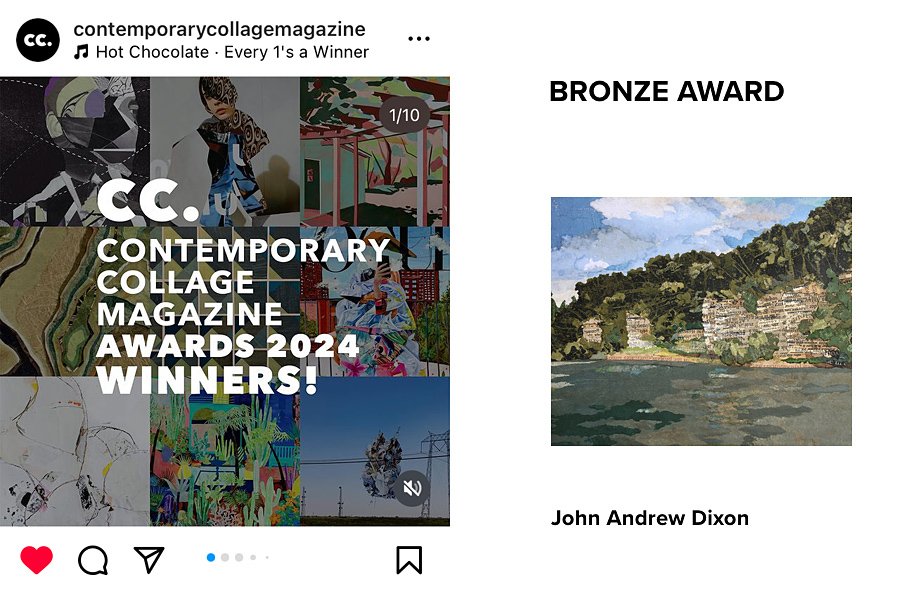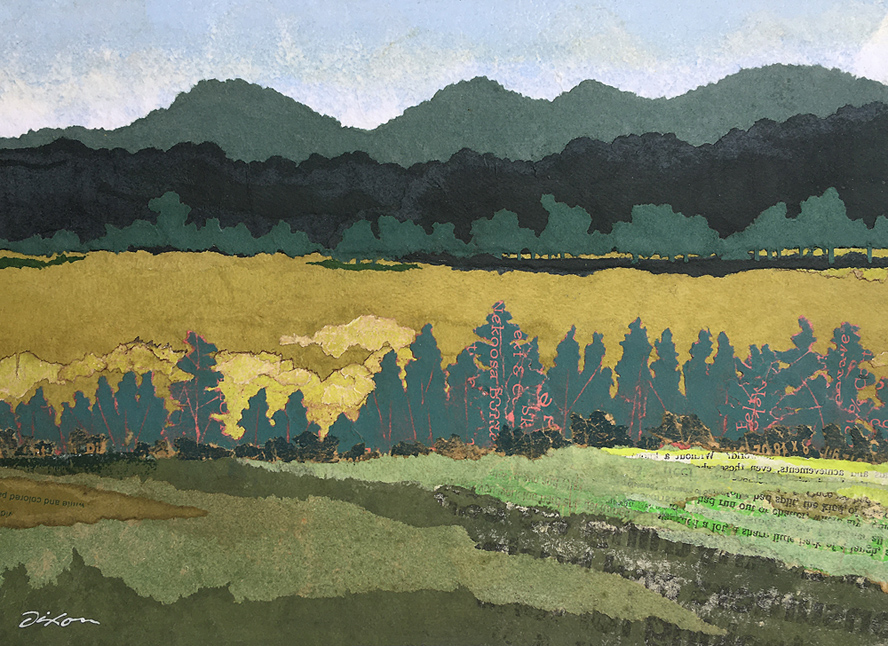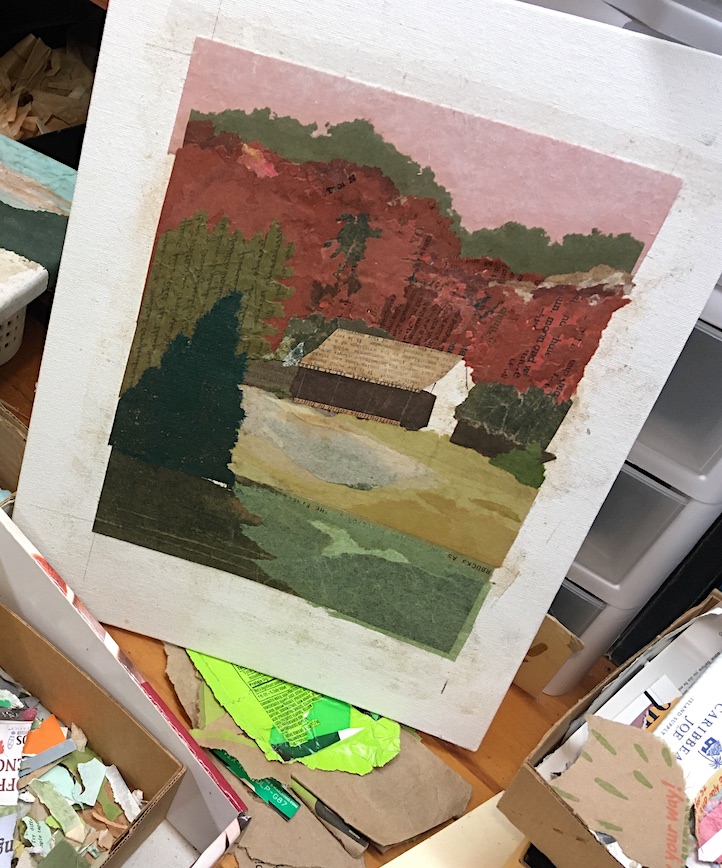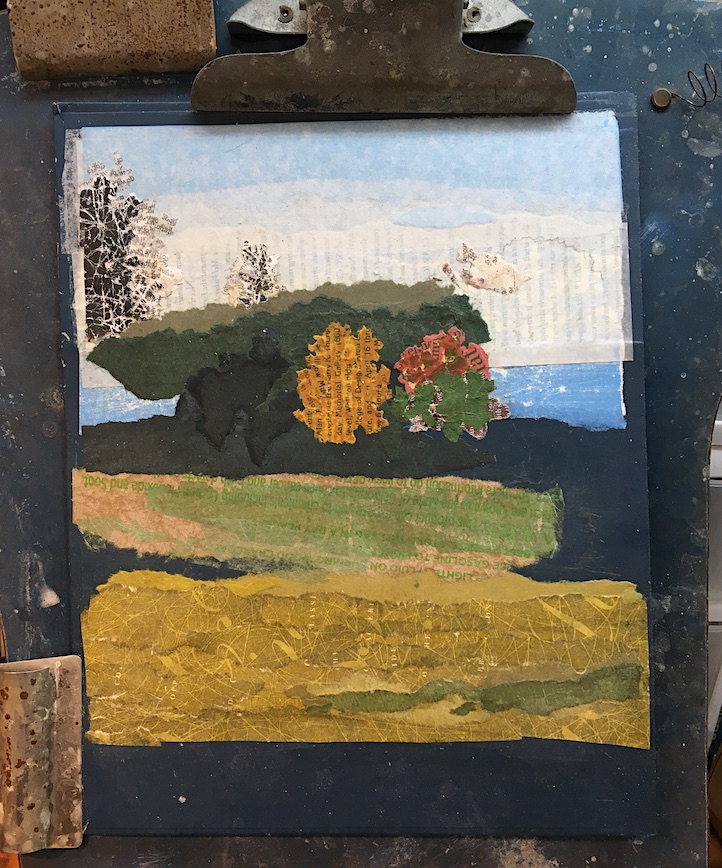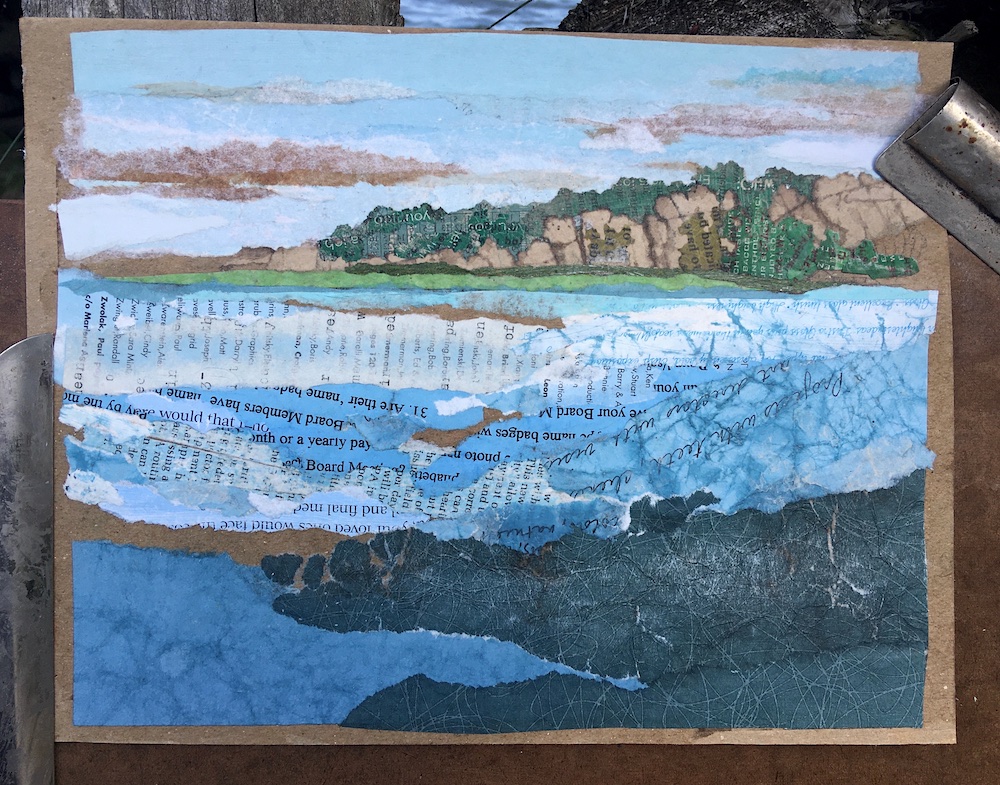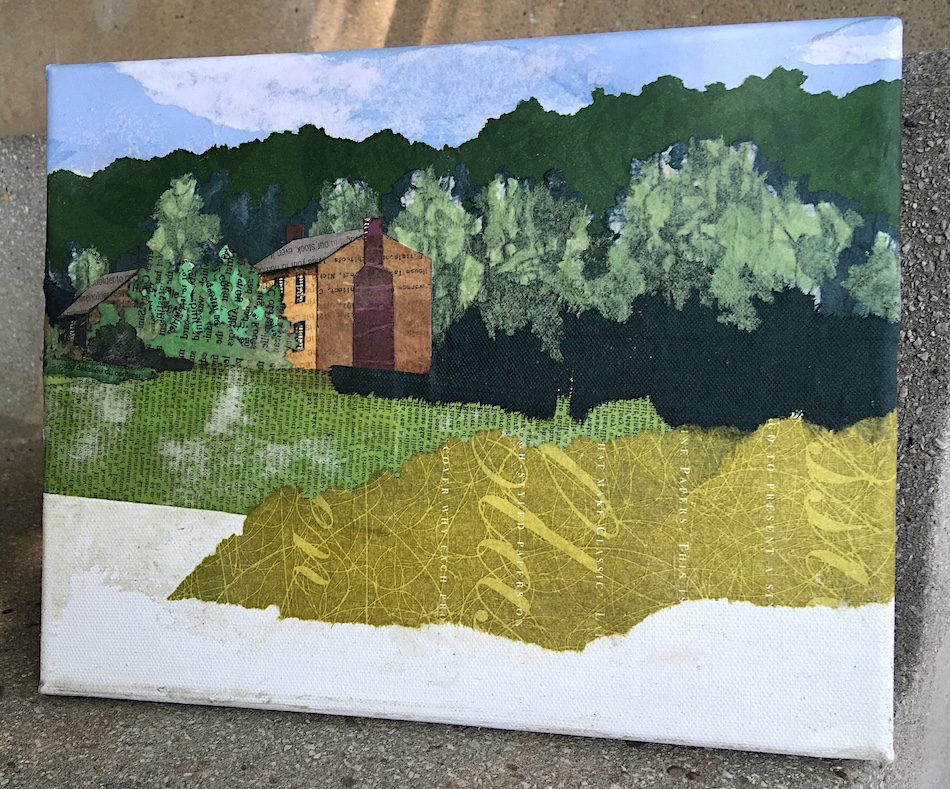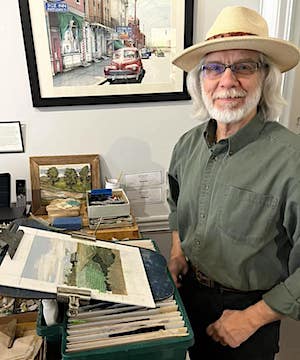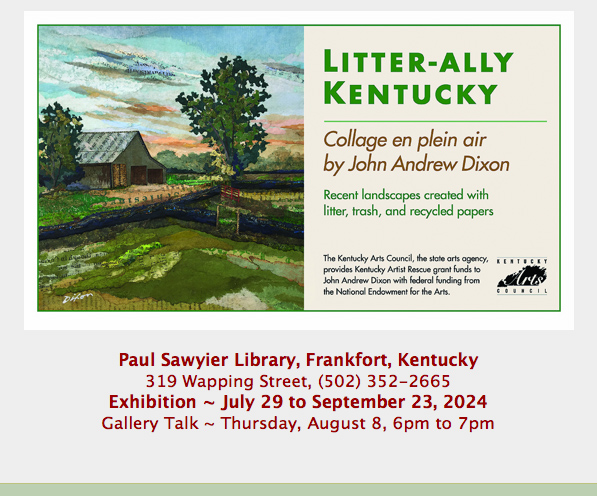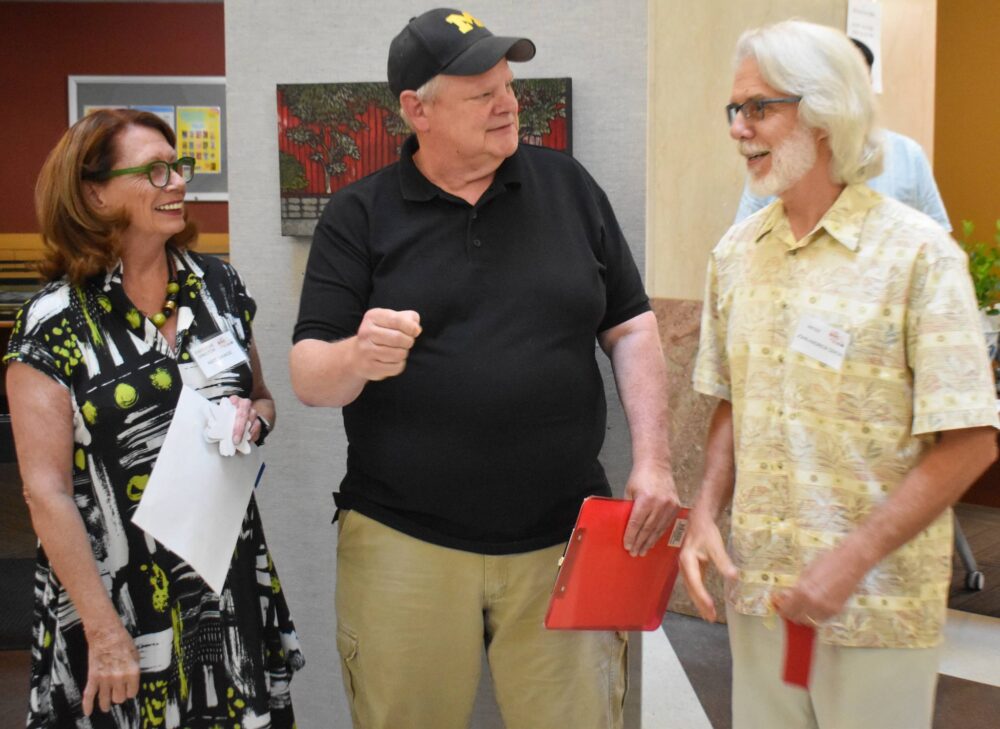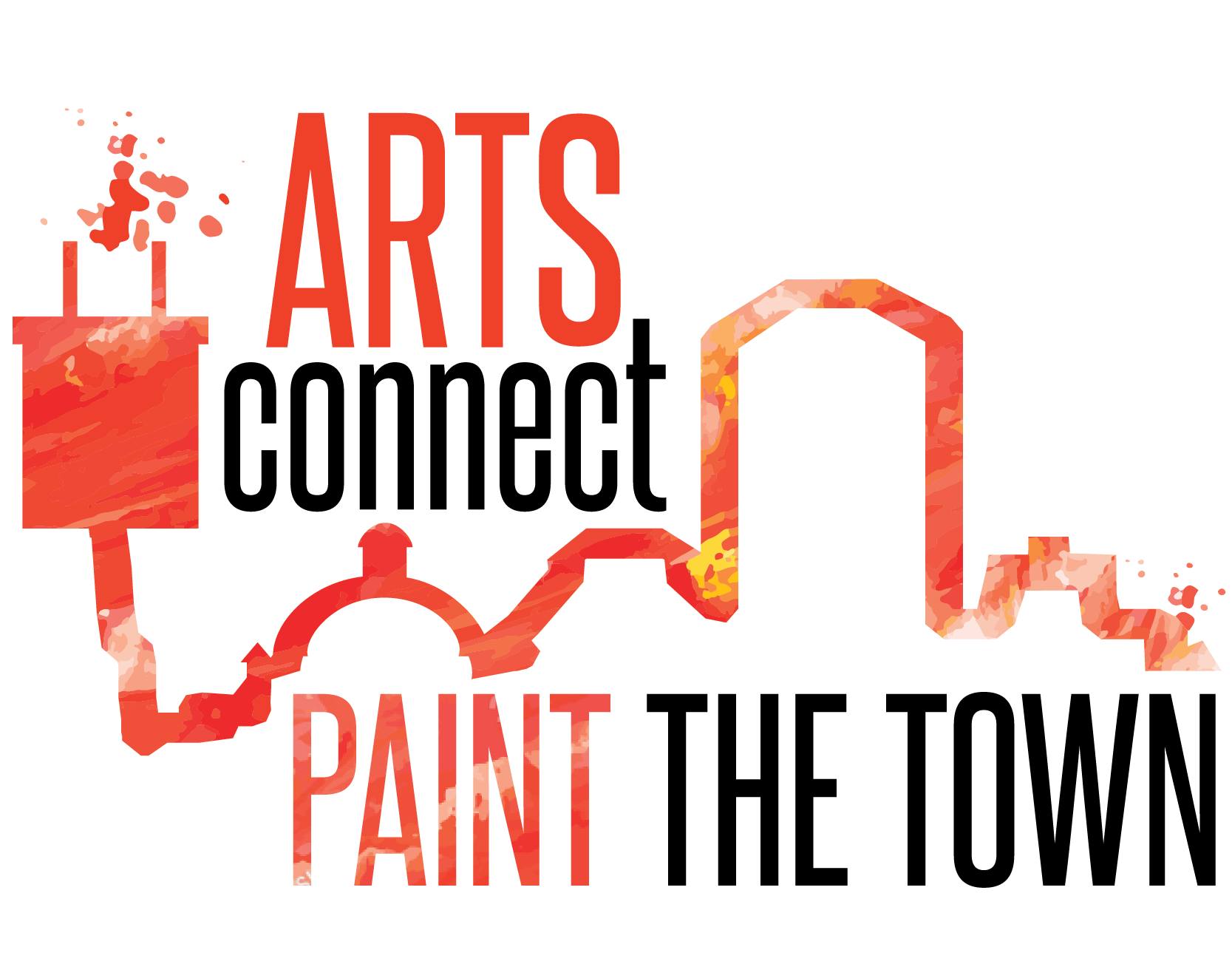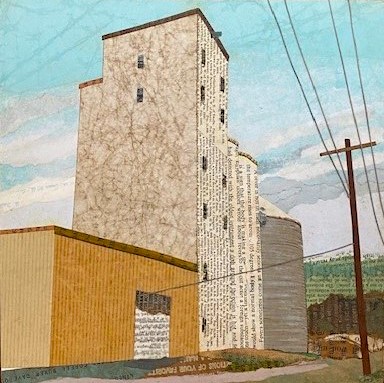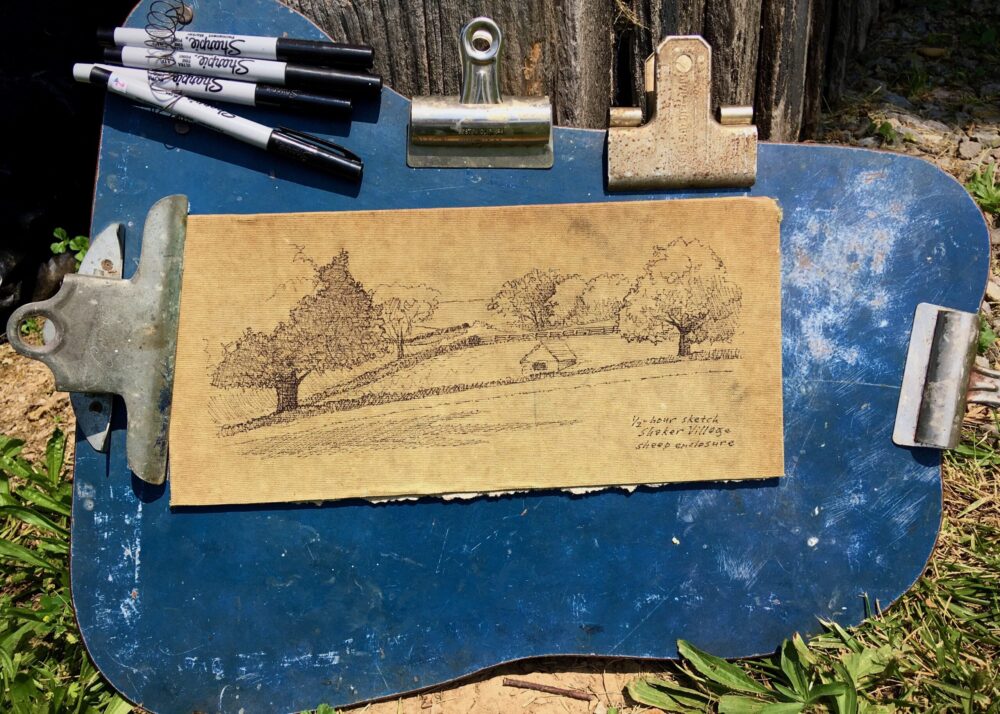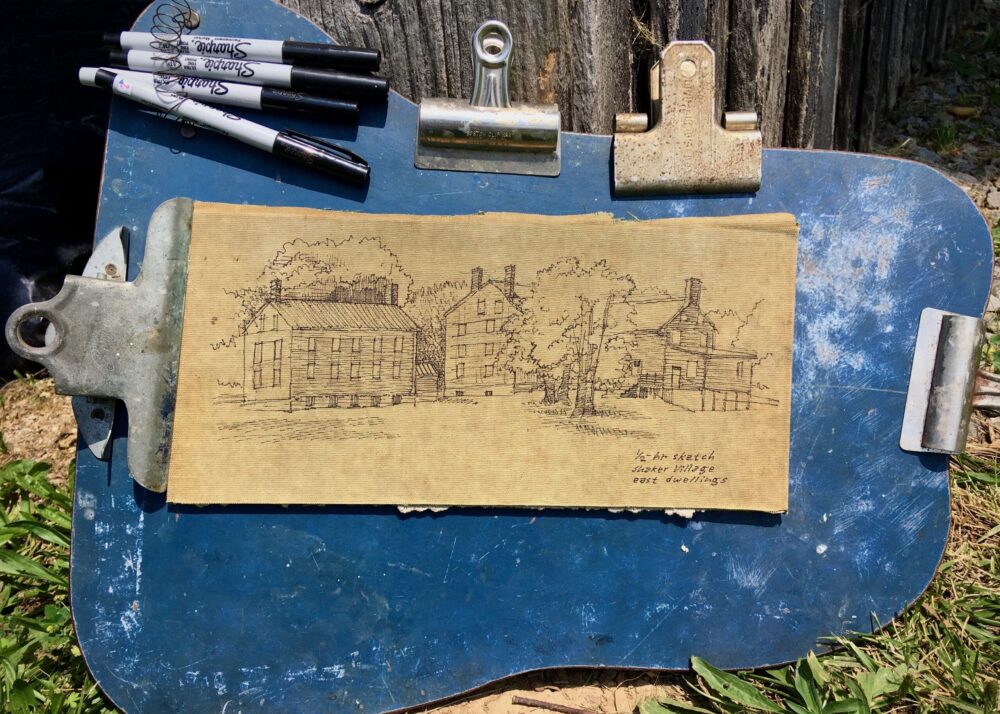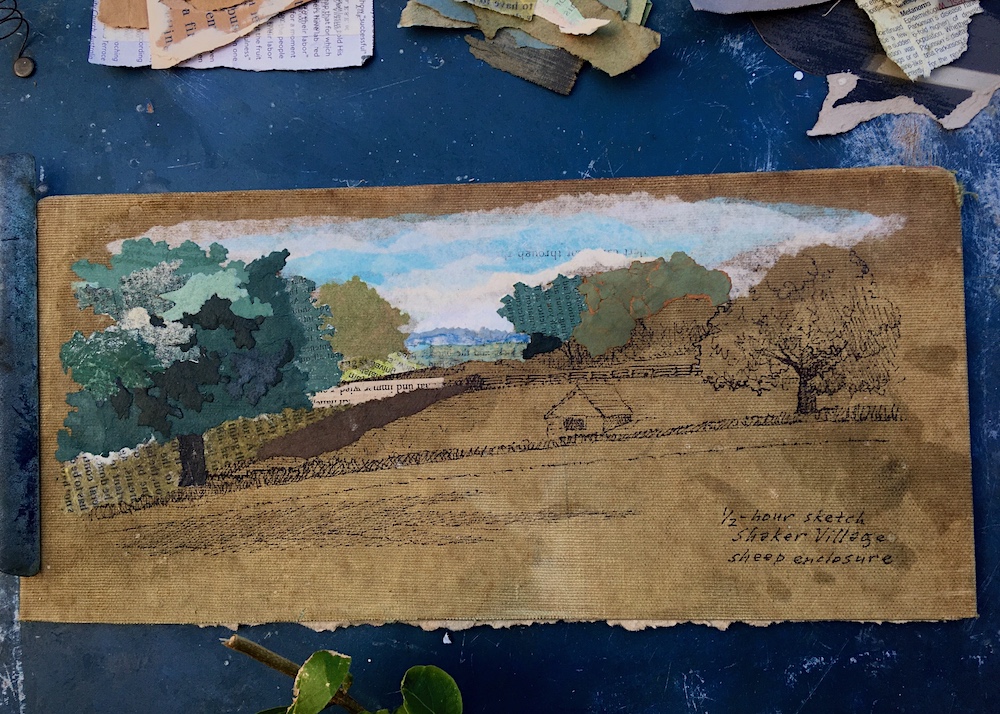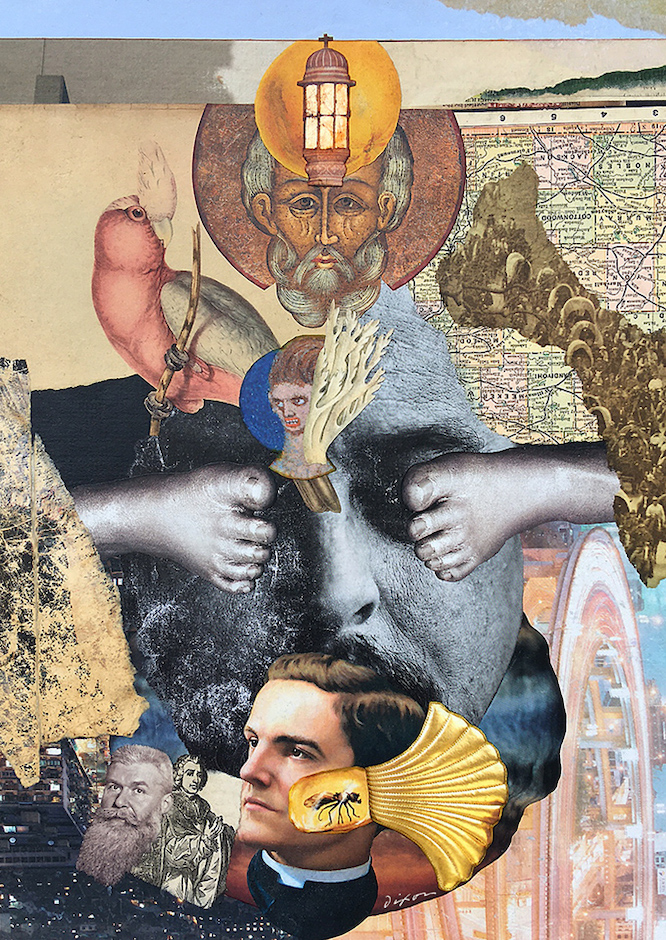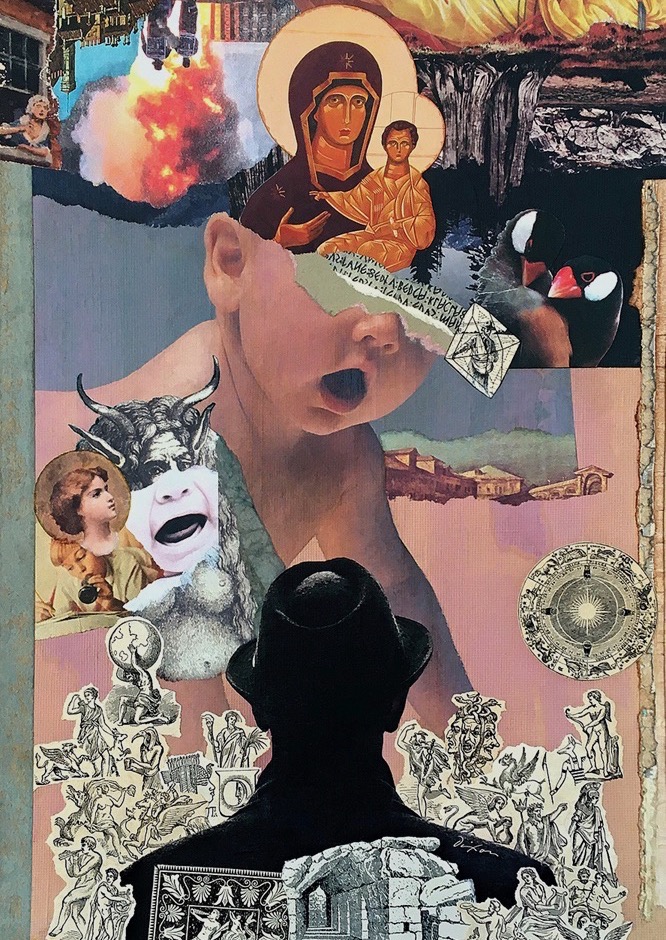“This year has been the biggest one yet for the Contemporary Collage Magazine Awards. We received almost two thousand entries across all six categories and the calibre of work has been outstanding.”
— Les Jones and Molly Campbell
Delighted to announce that my collage landscapes have earned international recognition from Contemporary Collage Magazine, with a Bronze Award in the Nature Series category. The jurors also placed my LITTER-ALLY KENTUCKY artworks in the overall “Series Shortlist.” The England-based publication has set an impressive standard for worldwide coverage of our artistic medium. My thanks to the panel of judges, with congratulations to fellow award winners, including friends Teri Dryden, Allan Bealy, and Robert Voigts.
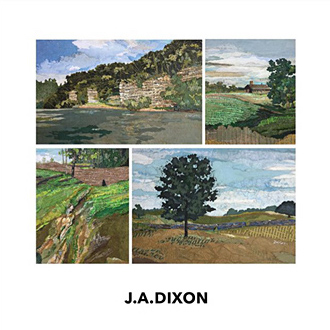
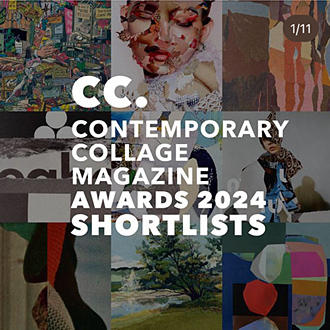
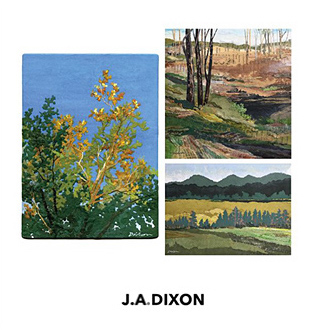
It is gratifying not only to have my particular area of concentration gain recognition, but for it to be in the context of a wider acknowledgment of representational collage as a vital approach to the medium. I give great credit to CCMag for their ongoing salute to “collage as painting,” and to all the 2024 competition adjudicators.
Above Curtis Road
Boyle County, Kentucky
collage en plein air by J A Dixon
11 x 8 inches
part of the LITTER-ALLY KENTUCKY collection
giclée print available
